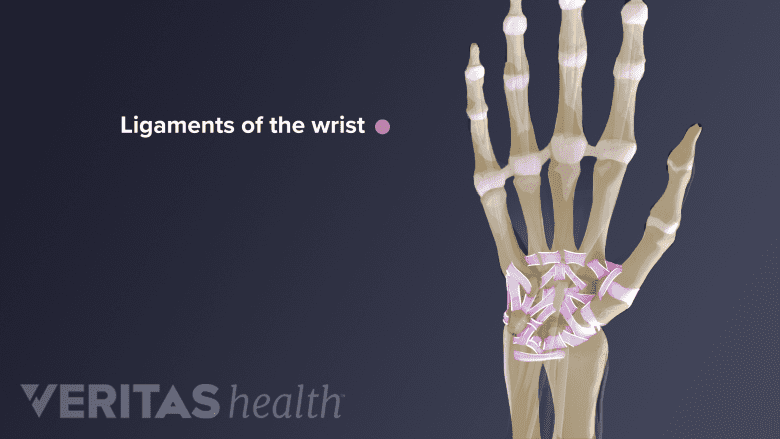It is a natural instinct to put out a hand and to try to catch oneself during a fall. This impulse is the cause for nearly all wrist sprains and fractures. Medical professionals even have an acronym for this mechanism of injury: FOOSH stands for “fall on outstretched hand.”
See Risk Factors and Causes of Wrist Sprain
When a wrist injury occurs, it can be difficult to determine what type of injury has occurred. Most frequently, the resulting wrist injury is either a sprain or fracture.
A fracture affects the bone, and a sprain occurs when a ligament is overstretched or torn.
In This Article:
- Is My Wrist Broken or Sprained?
- What to Do When a Wrist Injury Occurs
Common Wrist Fractures and Sprains
A fracture is the medical term for a broken bone. The most common type of wrist fracture is a distal radius fracture, which is a fracture at the end of the long radius bone of the forearm.
See Symptoms of a Distal Radius Fracture
Another type of wrist fracture affects one of the eight small round carpal bones in the wrist. This is known as a scaphoid fracture. Scaphoid fractures are less common but more difficult to heal.
See Diagnosing and Treating Scaphoid Fractures of the Wrist
Sprains occur when ligaments—the fibrous bands of tissue that connect bones to each other—are stretched or torn. Wrist sprains are frequently caused by injury of the scapholunate ligament, which is a very important ligament that connects the scaphoid and the lunate carpal bones.
Signs of a Fracture vs. a Sprain
People may assume the level of pain an injury causes is directly related to the extent of an injury. Therefore, a sprain would cause less pain than a fracture. This is not necessarily the case. Fractures can cause mild or dull pain, and sprains can often cause severe pain.
See Signs, Symptoms, and Treatment for Bone Fractures
There are a few telltale symptoms to detect a wrist fracture: deformity of the wrist or bone matter breaking through the skin are obvious signs of fracture. When these occur, individuals need to seek medical care right away.
However, other wrist injury symptoms are common for both fractures and sprains. These can include:
- Swelling in the wrist
- Bruising over the wrist or surrounding area
- Pain when moving the wrist or hand
- Weakness or inability to grasp or pick up objects
An x-ray performed and read by a qualified physician is usually necessary to confirm whether a wrist injury is a sprain or fracture. If symptoms of a wrist injury persist beyond 48 hours, individuals should seek medical care for an accurate diagnosis and treatment.
See Diagnosing a Distal Radius Fracture and Diagnosis of Wrist Sprain






